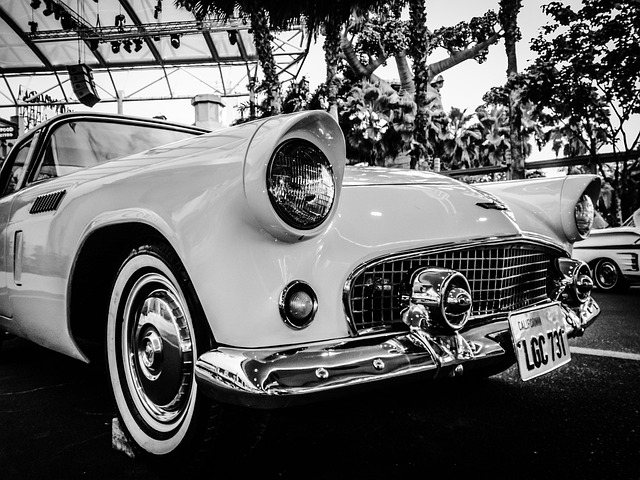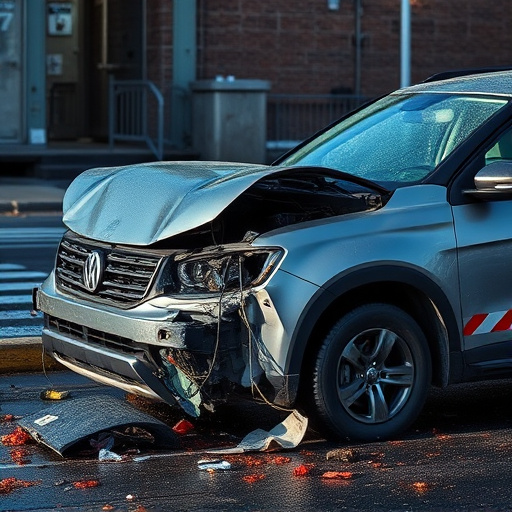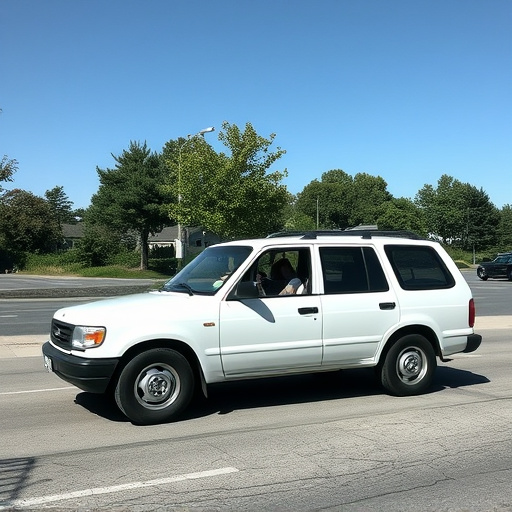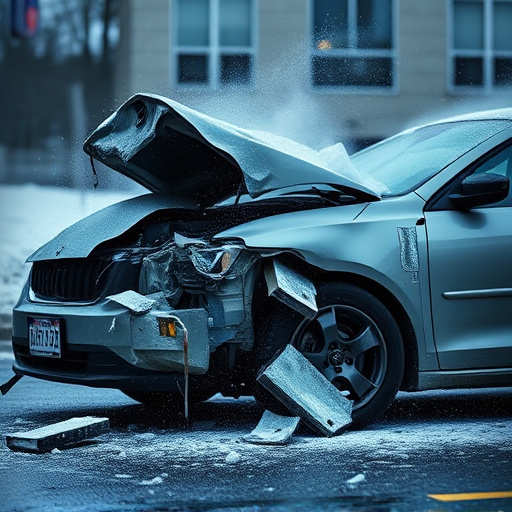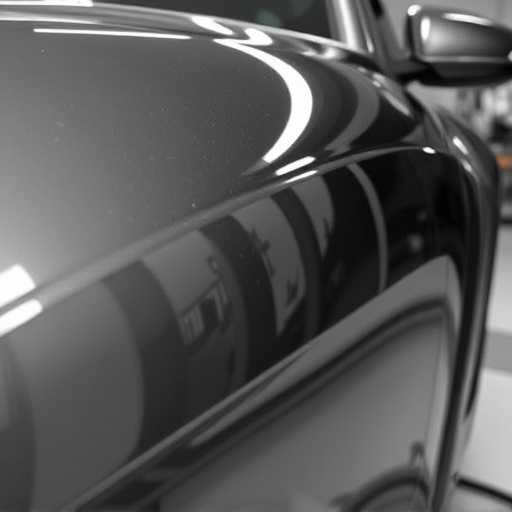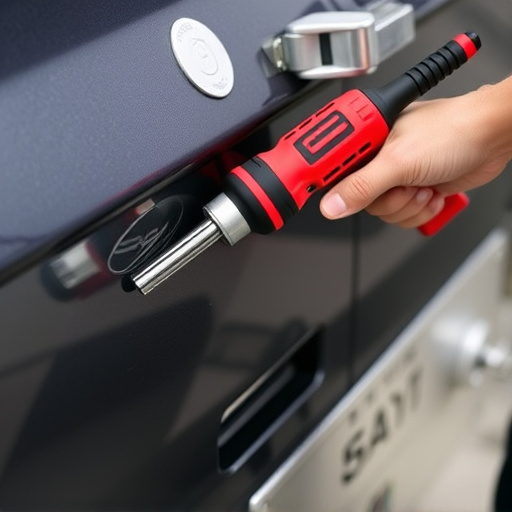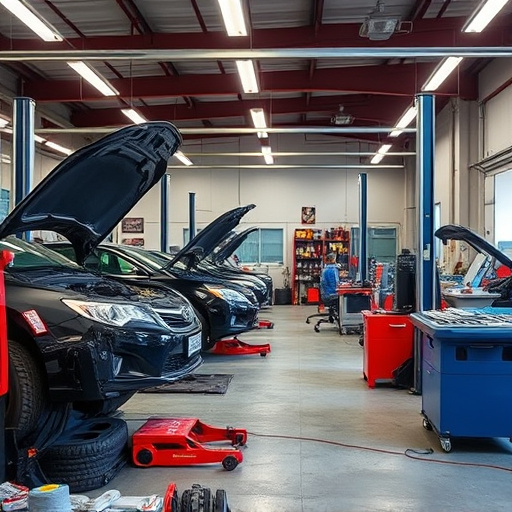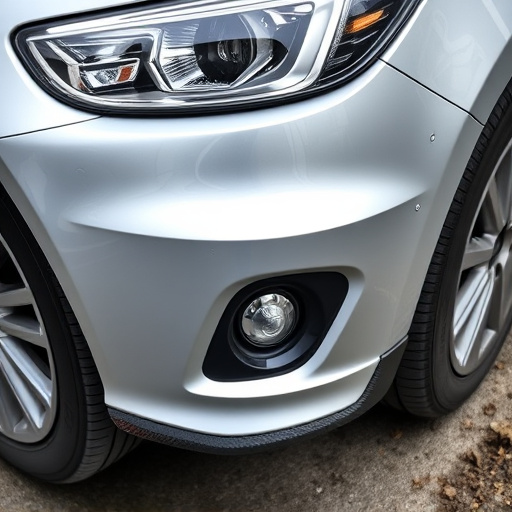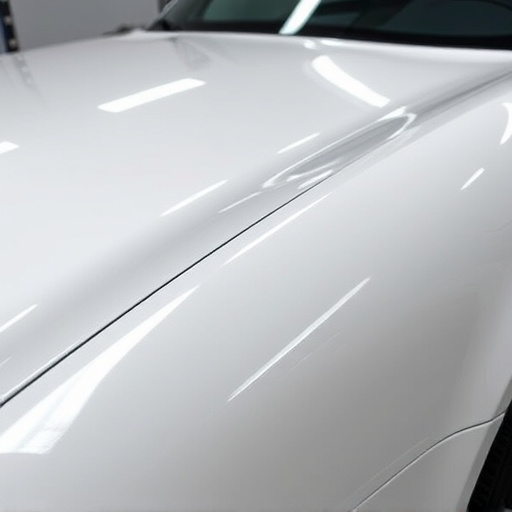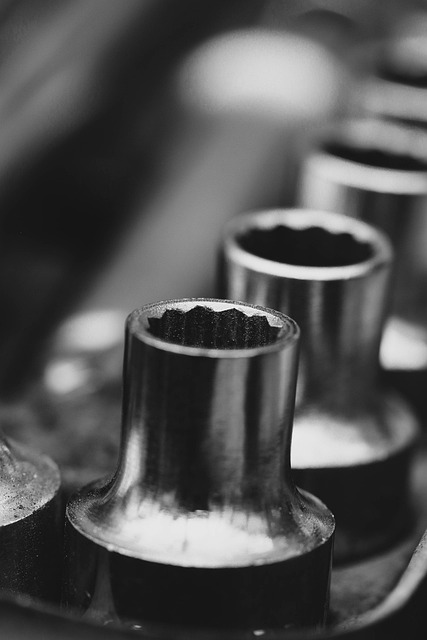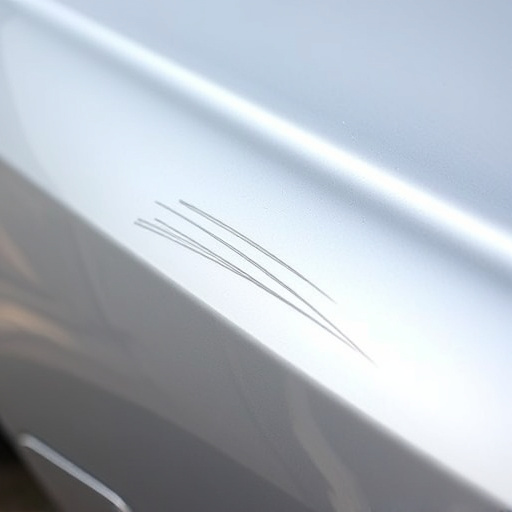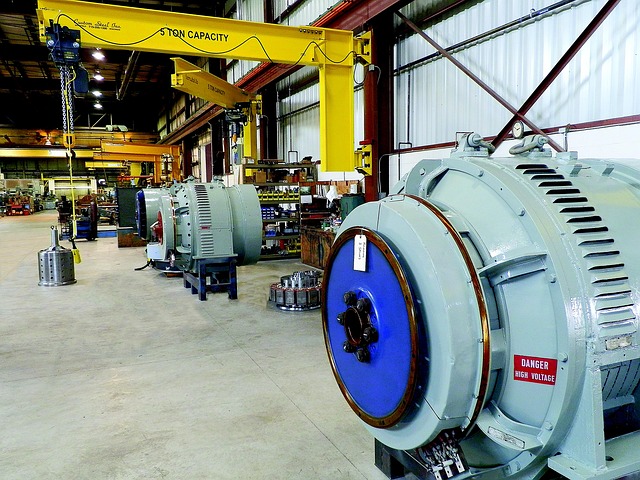MIG welding collision repair is a leading method in auto body work due to its versatility and efficiency. Using argon or CO2 gas shields, this technique ensures precise metal fusion without oxygen contamination. It offers minimal heat distortion, suitable for dent removal, panel replacement, and various materials like steel, aluminum, and stainless steel. MIG welding provides speed, precision, and cost savings, making it a preferred choice in the industry for restoring vehicles to their pre-accident condition with strong, lasting bonds that meet original equipment standards.
Discover the transformative power of MIG welding in collision repair. This advanced technique offers unparalleled precision, control, and speed, making it a game-changer for auto body shops. From its basic functioning to the best practices, learn how MIG welding ensures high-quality, durable repairs, reducing turnaround times without compromising strength. Understanding its versatility and safety measures can help you optimize your collision repair processes.
The Basics of MIG Welding: A Quick Overview

MIG welding collision repair has gained significant popularity among auto body repair professionals due to its versatility and efficiency. This specialized technique uses a metal inert gas (typically argon or carbon dioxide) to shield the weld area from oxygen, allowing for precise and strong fusion of metal. Unlike traditional welding methods that rely on a molten pool of metal, MIG welding provides consistent heat input and a clean, controlled environment, resulting in high-quality, durable bonds suitable for various materials, including steel, aluminum, and stainless steel.
This method is particularly advantageous for collision repair, where precise alignment and structural integrity are paramount. Its ability to create strong, aesthetically pleasing welds with minimal heat distortion makes it ideal for repairing dent removal, panel replacement, and other common collision-related damages. Moreover, MIG welding’s speed and precision translate to cost savings for both repair shops and vehicle owners, making it a preferred choice in the auto body repair industry.
– What is MIG welding?

MIG welding, an abbreviation for Metal Inert Gas, is a sophisticated and highly effective welding technique that has become an indispensable tool in the automotive industry, particularly in vehicle body shop settings. This process involves feeding a continuous metal wire through a welding gun, where it’s heated to a high temperature by an electric arc. The resulting fusion joins two or more metal pieces together, creating strong, seamless bonds suitable for even complex shapes and structures, making it a go-to method in auto body shops and vehicle repair services.
By utilizing MIG welding, collision repair professionals can achieve precise, clean, and efficient welds that restore structural integrity to damaged vehicles. Its versatility allows for the quick and effective repair of various components, from fenders and panels to more intricate frame sections. This not only speeds up the overall repair process but also enhances the quality of the final product, ensuring a sturdy and reliable fix that meets or exceeds original equipment standards.
– How does it work?

MIG welding collision repair is a highly effective process for restoring damaged vehicles to their pre-accident condition. It involves using a metal inert gas (typically argon or carbon dioxide) to shield the arc and weld metal together. This technique is particularly prized in auto body painting and car paint repair due to its precision and ability to create strong, lasting bonds.
The process begins by preparing the damaged area, ensuring it’s clean and free of debris. Then, a wire feed welder is used to apply a precise stream of heat and metal, melting and fusing it with the existing vehicle components. This results in seamless repairs that are virtually indistinguishable from the original factory finish, making it an ideal solution for auto glass repair and overall auto body painting when maintaining aesthetics is paramount.
MIG welding collision repair offers significant advantages in terms of efficiency, strength, and cost-effectiveness. By understanding the fundamentals of MIG welding and its application in collision repair, professionals can streamline their processes, achieve superior weld quality, and deliver high-quality repairs that meet or exceed industry standards. This modern approach to welding is a game-changer for auto body shops, ensuring faster turnaround times and stronger, more durable repairs.
